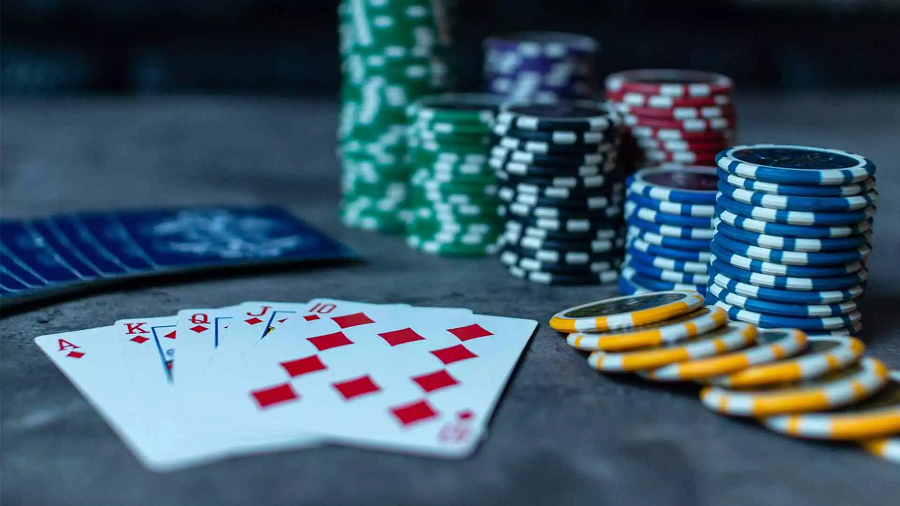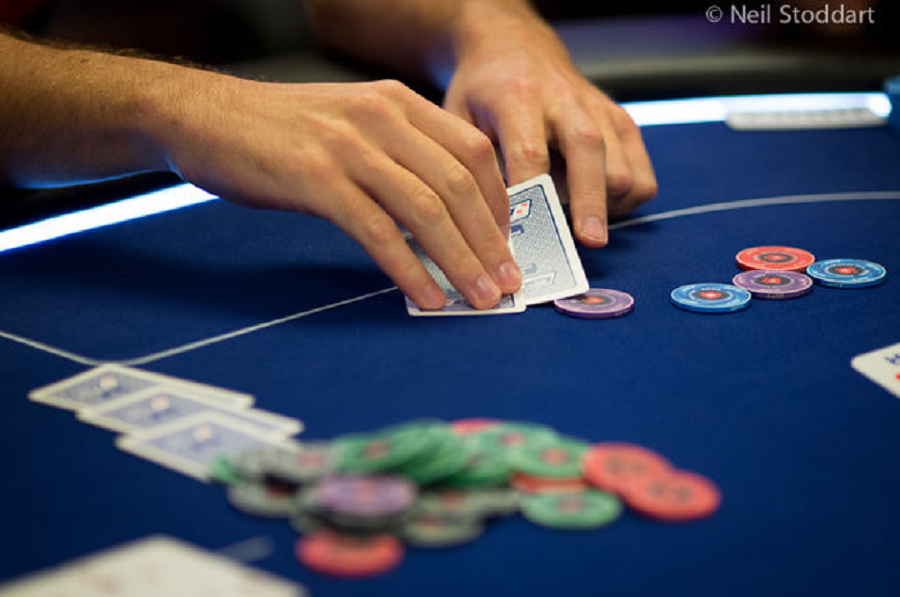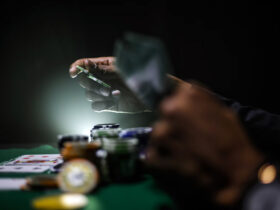It’s shorthand for “Return to Player,” which is what it means when used in this context. This number, which just represents the amount a player can expect for wining from their bets in online slot luxegaming terbaru slots or other games, is expressed as a percentage so that it can be easily understood. The return to player percentage (RTP) of a game is the amount of money you can expect to win from placing a £1 bet on that game.
Basically, RTP is a measure of the advantage the casino has over the player. A 5{d5265fec5c11fdeb763d9c9df610591da0aa996ec42b1908e716b248be410e5e} advantage for the house can be seen in this example. Since a positive RTP would indicate that the casino was making money off the game, it follows that the RTP will always be less than 100{d5265fec5c11fdeb763d9c9df610591da0aa996ec42b1908e716b248be410e5e}.
In order to calculate the RTP, it is necessary to run simulations over a very large number of wagers. A return to player (RTP) of 95{d5265fec5c11fdeb763d9c9df610591da0aa996ec42b1908e716b248be410e5e} does not guarantee a loss of exactly 5{d5265fec5c11fdeb763d9c9df610591da0aa996ec42b1908e716b248be410e5e} of your starting bankroll for every wager. An RTP of a slot machine is not likely to be accurately reflected by even a long, well-managed gaming session that takes place over the course of several hours.
Does rtp differ from volatility, and if so, how much?
To put it simply: no. On the other hand, the ideas are so intertwined that it’s highly unlikely they’ll ever be legally married.
To what extent does the term “volatility” apply to slot machines, and what does it mean exactly?
Volatility describes how widely a casino slot machine’s return to player is spread out. Because of this, playing a slot machine with a 98{d5265fec5c11fdeb763d9c9df610591da0aa996ec42b1908e716b248be410e5e} RTP is no assurance that you will win more than playing a slot machine with a 90{d5265fec5c11fdeb763d9c9df610591da0aa996ec42b1908e716b248be410e5e} RTP over a small sample size. For better understanding, let’s compare two extremely different slot machines, both of which have a 95{d5265fec5c11fdeb763d9c9df610591da0aa996ec42b1908e716b248be410e5e} RTP.
Betting £1 per spin for 1,000 spins, you lose 999 times out of 1,000. On the very last spin, you’ll have won £950 thanks to this. You bet one pound (or one dollar) per spin for a total of a thousand spins on the second game. During this time, your winnings per spin range from £0.50 to £3, and from £3 to £5. After 300 turns, you’ve lost a total of £1.
You risked a total of £1,000 across both games and came out ahead by £950, giving you a 95{d5265fec5c11fdeb763d9c9df610591da0aa996ec42b1908e716b248be410e5e} return on investment (RTI). The first slot machine game is highly volatile; it does not pay out often, but when it does, it pays out in a very large way. The second is a low-volatility slot machine that pays out frequently but in small amounts.
Final words
The RTP, along with the game’s volatility, number of paylines, and frequency of bonus features and minigames, are all crucial design elements that contribute to whether or not players enjoy spinning the reels. A RTP live 77 game with a low RTP, low volatility, and frequent bonus features is likely to be much more popular than a game with a high RTP and high volatility. After all, playing for more than a few dozen turns in a row without winning is boring.


















Leave a Reply